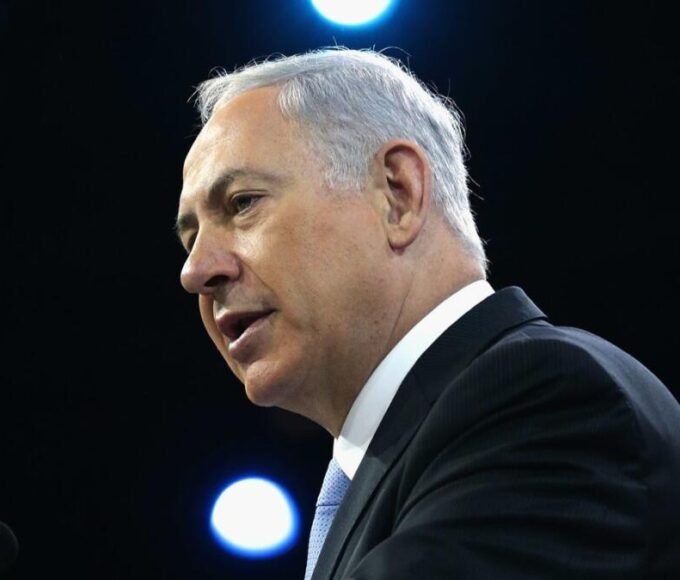Table of Contents
An Escalation in the Russia-Ukraine Conflict
In the latest escalation of the Russia-Ukraine conflict, Ukrainian forces launched daring drone strikes targeting critical Russian infrastructure—the Kursk nuclear power plant and the Ust-Luga liquefied natural gas (LNG) port in the Leningrad region. The strikes occurred during Ukraine’s Independence Day celebrations, symbolizing a bold assertion of resistance against Russia’s prolonged military aggression.
These strikes mark a notable shift in tactics, aiming not just at battlefield engagements but targeting logistical pillars vital for Russia’s energy export and nuclear capabilities.
The Kursk Nuclear Plant Attack
According to Russian authorities, drone strikes by Ukraine sparked a fire at a transformer at the Kursk nuclear power plant, significantly impairing operational capacity. Thankfully, the fire was quickly extinguished, and radiation levels remained within safe limits, averting a potential nuclear disaster.
The plant, located near the Ukrainian border, is a symbol of civilian infrastructure intertwined with military conflict concerns. Such an attack underscores lingering risks to nuclear safety amid enduring hostilities.
Ust-Luga LNG Port Under Fire
Simultaneously, drone debris caused a blaze at the Ust-Luga LNG terminal—Russia’s major fuel export hub. The port’s disruption hampers Russia’s ability to export critical natural gas supplies to global markets, particularly Europe.
Russian air defenses claimed to have intercepted most drones used in the attacks, with at least ten drones downed, but some debris still caused damage.
Ukraine’s Strategic Objectives
These operations, conducted on Ukraine’s 34th Independence Day, reflect Kyiv’s strategy to pressure Russia economically and militarily. By striking energy and nuclear infrastructure, Ukraine aims to disrupt Russia’s war financing mechanisms, emphasizing resilience and demonstrating capability far beyond conventional fronts.
President Volodymyr Zelensky reaffirmed Ukraine’s resolve, expressing commitment to building a secure and peaceful future despite the ongoing conflict.
Trump’s Two-Week Deadline and Diplomatic Pressure
Meanwhile, former US President Donald Trump issued a two-week deadline, demanding negotiations and peace talks between Russia’s Vladimir Putin and Ukraine’s Zelensky. Trump’s public intervention underscores international calls for de-escalation, though renewed attacks reveal the fragile nature of ceasefire hopes.
The looming deadline brings urgency but also highlights deep mistrust between the parties.
Putin’s Response and Escalation Risks
Russian President Vladimir Putin’s government condemned the attacks as terrorism, vowing retaliatory strikes against Ukrainian targets. The Kremlin framed the strikes as violations of international norms and warned against further provocations.
The heightened rhetoric and military posturing have raised concerns among global observers about the risk of broader escalation or unintended disasters, especially given the involvement of nuclear facilities.
Broader International Reactions
Global powers and organizations, including the United Nations and International Atomic Energy Agency (IAEA), expressed grave concern about attacks near nuclear sites, calling for maximum caution and dialogue to avoid catastrophe.
European nations voiced worries over energy security given disruptions at the LNG port, emphasizing the interconnected nature of regional stability and energy markets.
Impact on Civilian Populations
Beyond strategic targets, these attacks exacerbate hardships faced by civilians on both sides. Disruptions in energy supply can lead to power outages, heating shortages, and economic instability impacting millions. Civilian infrastructure remains precarious amid ongoing hostilities.
The High Stakes and Path Ahead
As Ukraine intensifies its campaign to debilitate Russian energy and military infrastructure, the stakes rise. The conflict remains deeply entrenched, with diplomatic solutions elusive. The next weeks, marked by Trump’s deadline and ongoing fighting, could define the conflict’s trajectory.
Humanitarian concerns, nuclear safety, and regional security stand as critical considerations guiding international engagement.
Conclusion: A Conflict at a Crossroads
The attacks on Kursk nuclear power plant and Ust-Luga LNG port symbolize a new phase in the Russia-Ukraine conflict. Confronted with high-risk targets and international pressure, both sides face tremendous challenges.
As diplomatic signals and military operations collide, the world watches with hopes for de-escalation and fears of escalation—highlighting the urgent need for effective peace efforts.
Read More: ISRO’s Gaganyaan Test Signals India’s Space Exploration Leap











Leave a comment